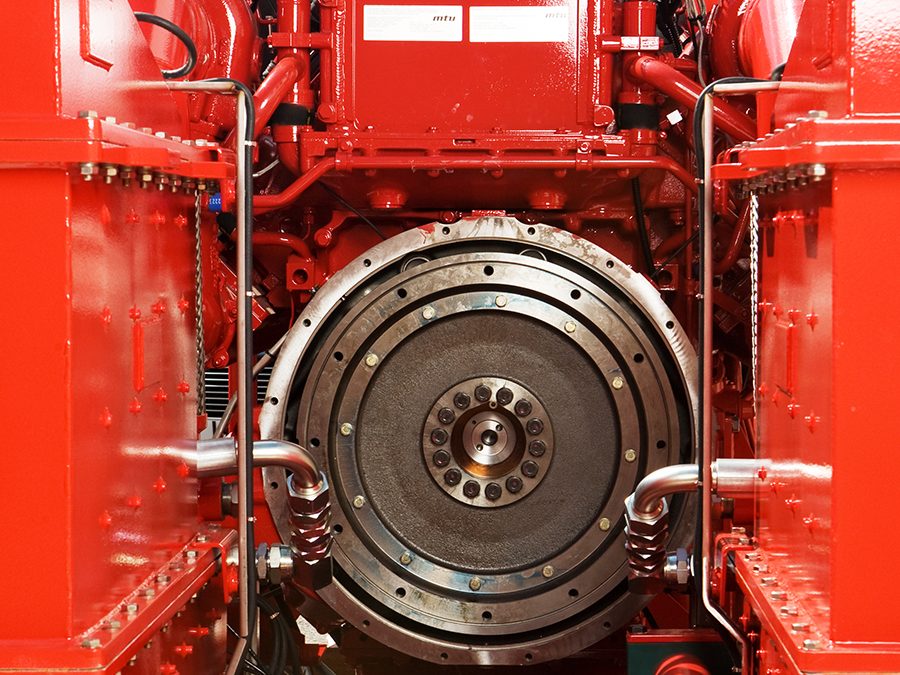At the heart of all temporary well service equipment, there is usually a diesel engine providing the power. We explain the ignition risks found on standard powerpacks and how to overcome them.
In the oil and gas industry, there is always a risk of a flammable hydrocarbon release. When this release comes into contact with the air and an ignition source, an explosion is a very real risk.
It is a simple fact that a standard diesel engine manufactured by any leading brand can easily be a source of ignition.
Diesel Engine Ignition Risks
The numerous potential ignition sources found on diesel engines could all cause an explosion, but it is possible to manage the risk with explosion protection.
Overspeed or flame transmission from air inlet or engine exhaust
Flammable gases in the atmosphere can be drawn in through the air intake along with air for combustion. This can lead to flashbacks through the inlet and backfires in the exhaust. If flammable gases, mixed with air and diesel fuel are consumed, engine overspeed can occur which can cause the engine to run out of control and result in catastrophic failure of the engine. This would create unprotected ignition sources.
Furthermore, there is a risk of an engine misfiring when gas is ingested, which leads to an unburnt fuel mixture entering the exhaust system. This can be detonated from the heat of the exhaust and ignite a flammable surrounding atmosphere.
Hot surfaces on an engine
Various surfaces on a diesel engine can exceed safe temperature limits and become sources of ignition. These surfaces need to be protected by ensuring surface temperature is below 200ºc to avoid the danger of explosion.
Electrical, mechanical or static sparks from diesel engines
Sparks from the exhaust or electrical equipment or static discharge from the fan belt for example also have the potential to ignite a hydrocarbon release.
Legislation restricts the use of standard equipment within areas designated as Zone 2.
How to eliminate the risk of ignition on diesel engines
To ensure safety and to meet ATEX / IECEx compliance, for example, packaging companies or integrators can either buy an explosion-proof engine or buy an engine from the OEM and a “Pyroban” kit. Either way, the explosion-proof powerpack usually features the following to overcome the risks detailed above:
• Air inlet shut-off Valve
• Air inlet flame arrestor
• Water-cooled Turbocharger & Exhaust Manifold
• Exhaust Gas Heat Exchanger
• Thermal control & treatment
• Exhaust flame arrestor
• Certified spark arrestor
Additional components are added according to the application with several control systems available.
If you’d like more information or advice about explosion protected engines or other components, contact Pyroban.

